Food Safety Administration
new!
Diversity and Flexible Thinking for Food Safety Officials
Aug.18‚ 2024 to Sep.25‚ 2024
Kousuke YAMASHITA‚ Course Leader
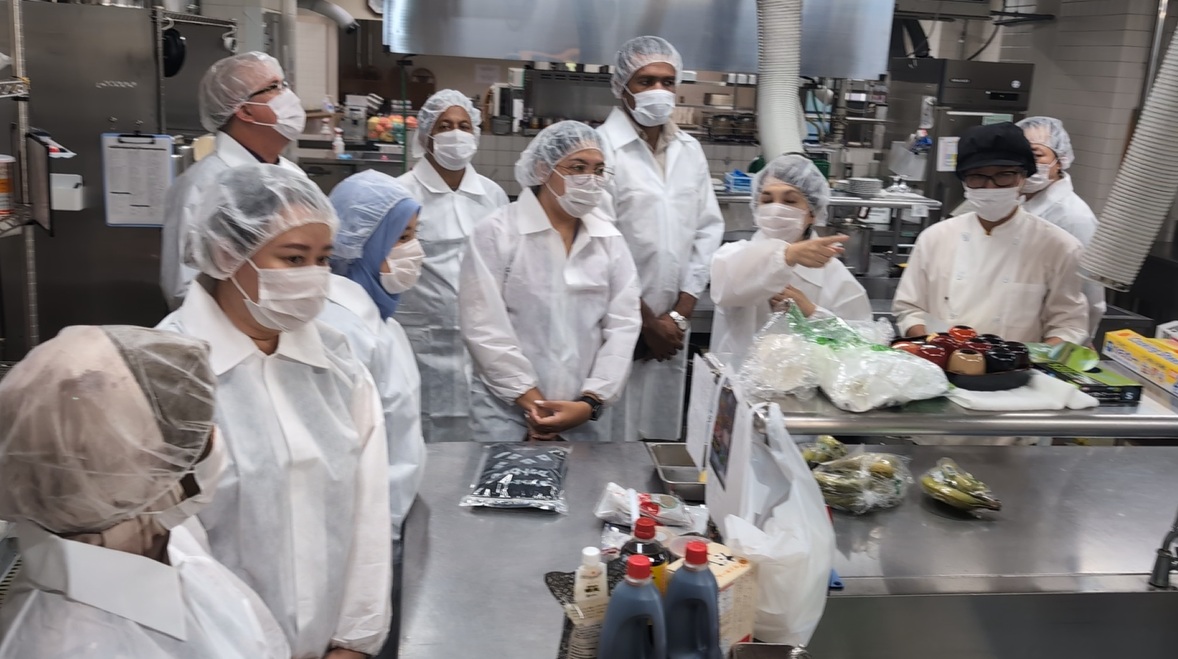
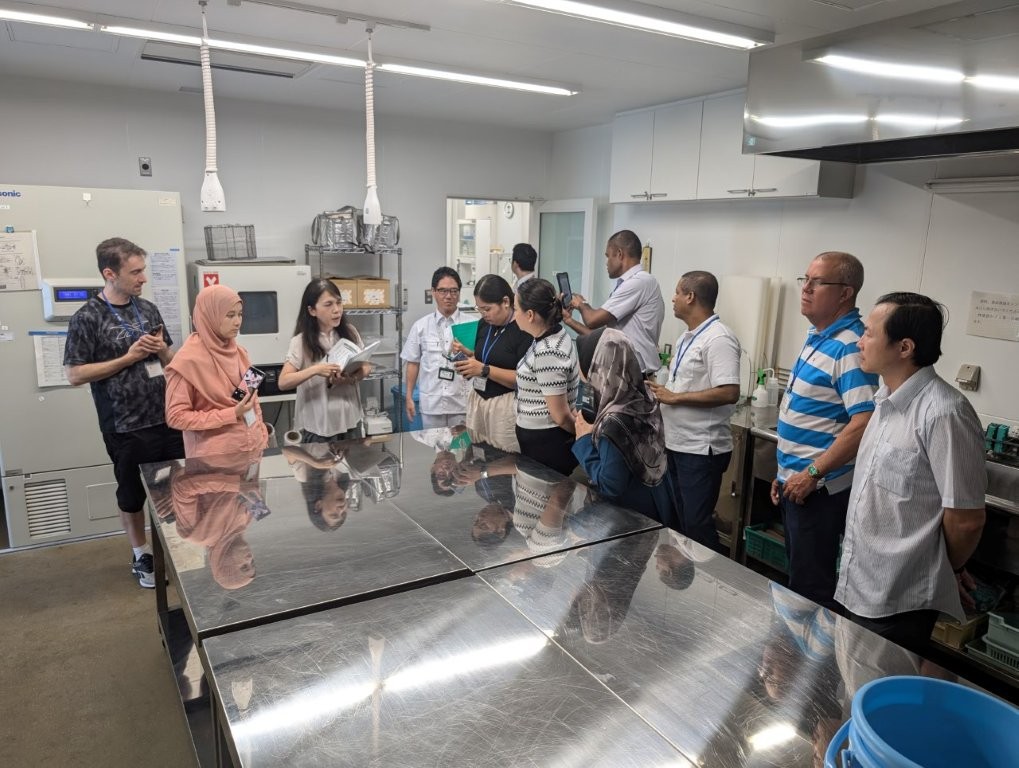
Site Visit 1
In 2024‚ nine participants from eight countries (one from Bangladesh‚ one from Cuba‚ one from Fiji‚ one from Laos‚ two from Malaysia‚ one from Mongolia‚ one from the Philippines‚ and one from North Macedonia) completed a hard training schedule over the course of five weeks. This is a popular and long-running program; 157 participants from 56 countries have taken this course since 2007.
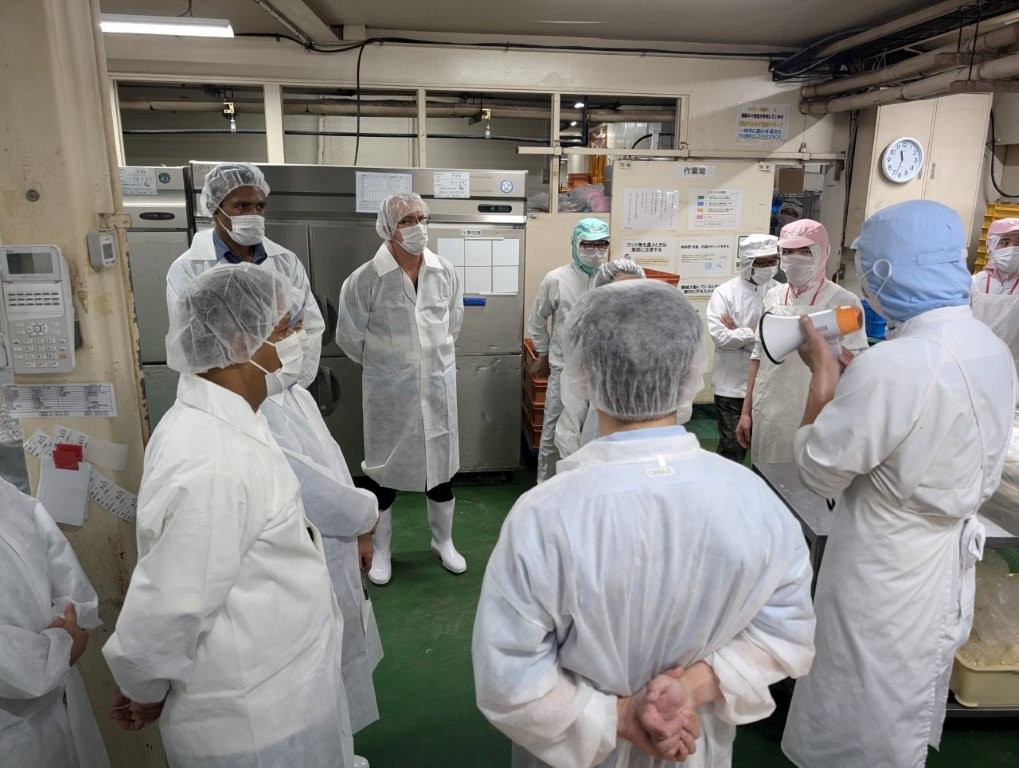
Site Visit 2
The strong point of Japanese work sites connected with food hygiene is that each facility has a full range of analytical devices. Their facility can swiftly pinpoint the source of any illness or the like caused by hazardous organic or inorganic substances‚ and is also utilized as a means to convince businesses and consumers. However‚ there is insufficient infrastructure related to food analysis like this in place in the participantsf homelands. Although the expansion of such infrastructure is something that should happen sooner rather than later‚ each country has put budgetary allocations to increase the number of devices and analytical personnel on the back burner‚ and it is likely to be a long time before that expansion actually happens. Given the circumstances‚ our aim is that‚ during the course‚ the participants will identify what they can do once they have returned to their homeland. Conditions are very different in each country‚ so the participants need to accurately identify pressing issues and focus on them. At the start of the course‚ each participant prepares a job report collating issues. Defining the issues gives them a clear view of what to focus on in each part of the program. Naturally‚ new issues sometimes come to light during the course... The main measures to deal with issues do not involve hardware such as analytical devices‚ but rather intangible aspects such as legislation‚ human resources‚ and audit/supervision methods.
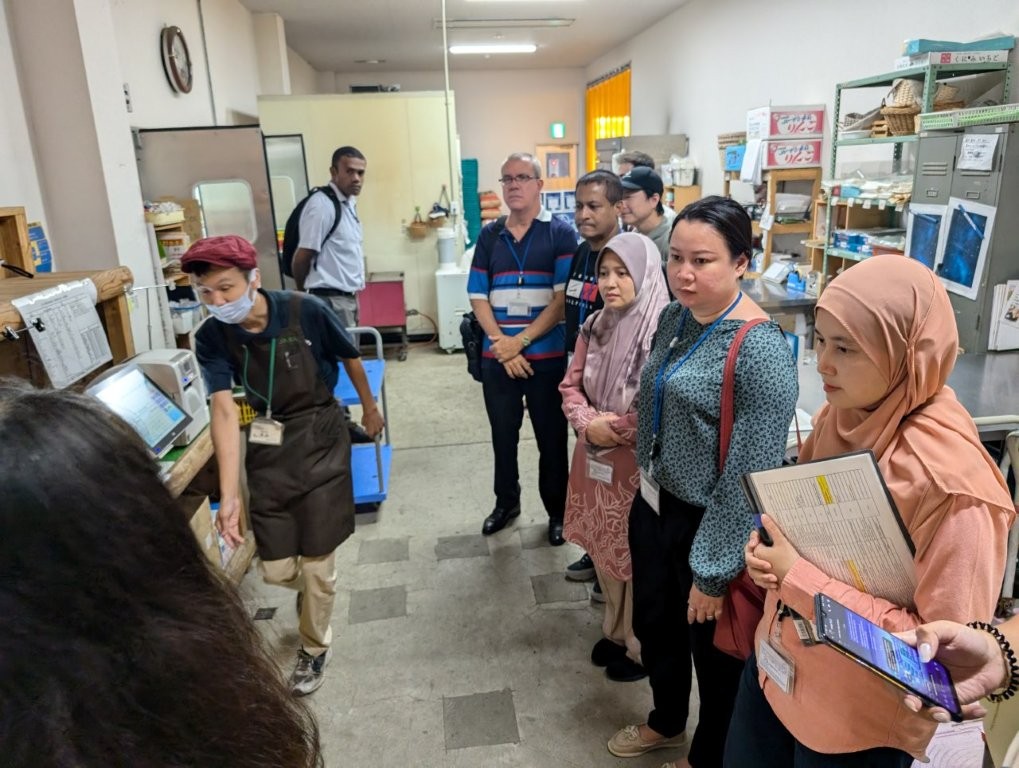
Site Visit 3
Another participant‚ who works in the board of health in one of the states of their country‚ focused on administrative measures for food safety‚ with the objective of first of all thoroughly managing food safety in restaurants located in international hotels within the state. Apparently a comparison with food safety initiatives in Japan made them realize that sanitation was totally inadequate even in their countryfs international restaurants. As there is a strong awareness of hygiene in restaurants that are representative of their country‚ the participant decided to ask such restaurants to adopt the ideas and methods for sanitation gleaned from this course‚ and to actively commit to making improvements. If that goes well‚ it will no doubt make it easy to roll out this model laterally to other facilities.
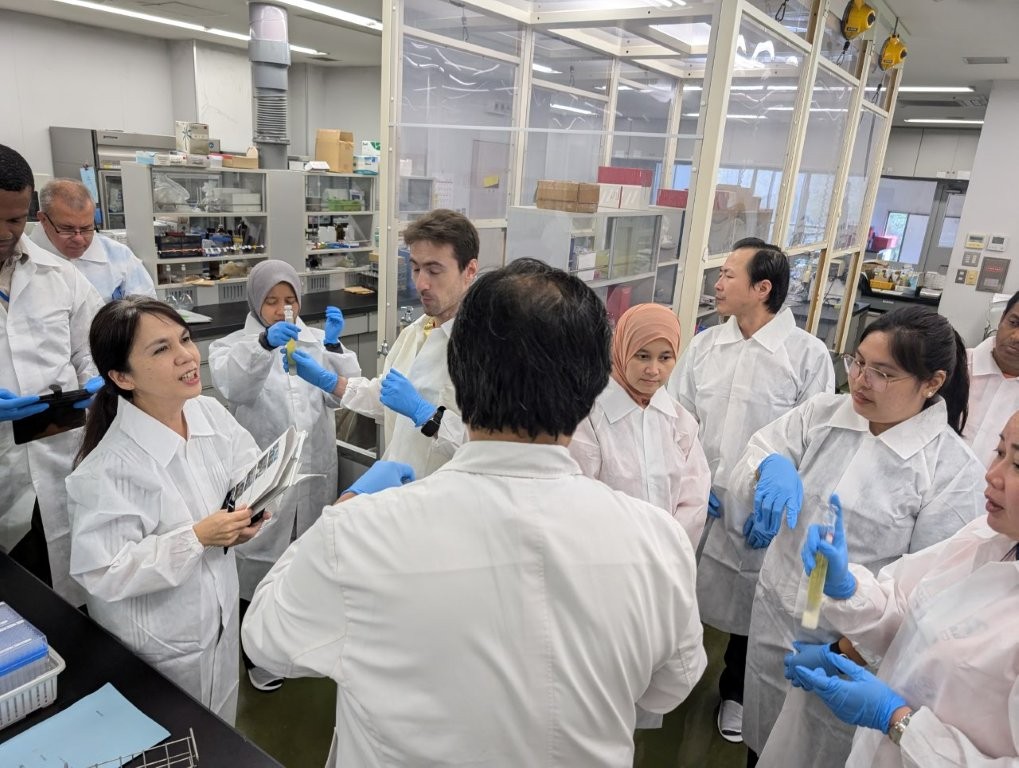
Site Visit 4



